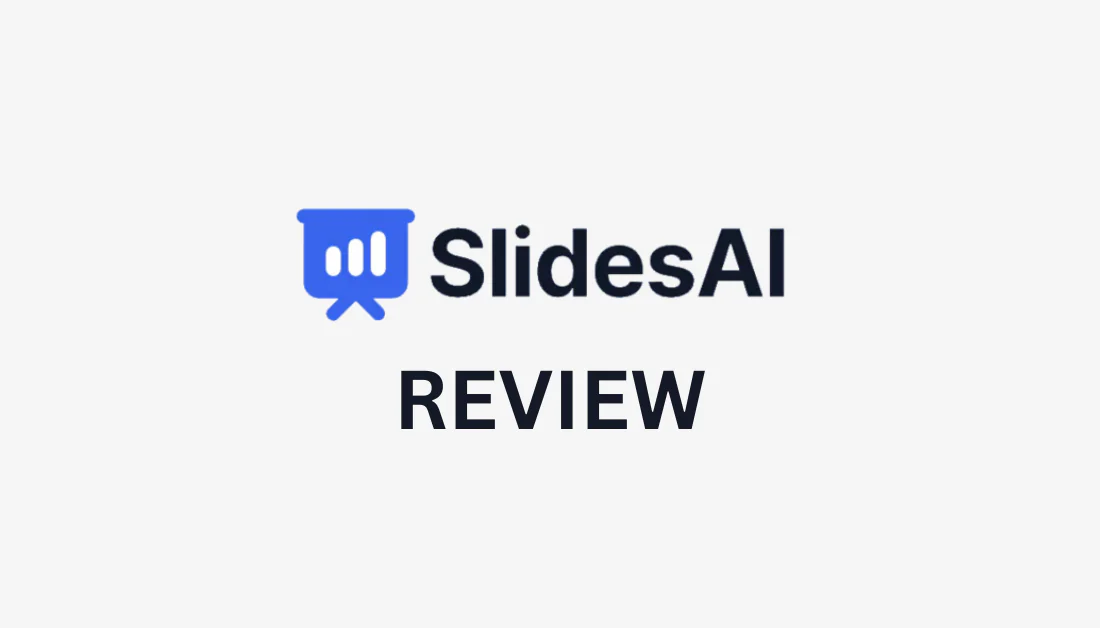
SlidesAI: Complete Buyer's Guide
Transform text inputs into formatted slides
SlidesAI positions itself as a specialized AI presentation tool that transforms text inputs into formatted slides through native Google Slides and PowerPoint integration.
Market Position & Maturity
Market Standing
SlidesAI occupies a unique niche in the AI presentation software market by focusing on accessibility and speed rather than comprehensive enterprise functionality[48][62].
Company Maturity
Company maturity indicators suggest a focused development approach on core strengths rather than enterprise feature expansion, indicating sustained positioning as a specialized tool rather than comprehensive platform competitor[76].
Growth Trajectory
Growth trajectory evidence shows continued focus on core capabilities including enhanced content features and beta development of document/URL-to-slide functionality[52][63].
Industry Recognition
Industry recognition comes primarily through customer adoption among startups, educators, and SMB marketing teams, reflecting the platform's target market alignment[48][75].
Longevity Assessment
Longevity assessment benefits from the platform's focused market positioning and sustainable business model through tiered subscription pricing[88][95].
Proof of Capabilities
Customer Evidence
Educational institutions demonstrate measurable outcomes through SlidesAI implementation, with users reporting design time reductions following structured template development and brand-aligned customization[62][75].
Quantified Outcomes
Marketing teams provide evidence of accelerated campaign report creation, though success patterns correlate strongly with template customization investments rather than generic platform usage[42][54].
Market Validation
Market validation comes through freemium model adoption, enabling cost-effective evaluation before paid subscription commitment, though enterprise-scale implementations may require alternative solutions due to advanced feature limitations[66][76][88].
AI Technology
SlidesAI's AI technology core operates through text-to-slide conversion algorithms that process natural language inputs and generate formatted presentations via native integration with Google Slides and PowerPoint[55][61].
Architecture
The system architecture emphasizes workflow embedding rather than standalone platform deployment, differentiating SlidesAI from competitors requiring separate application adoption[55][61].
Primary Competitors
SlidesAI's primary competitors include Beautiful.ai, Gamma, PowerPoint Designer AI, and Pitch.com[66][76].
Competitive Advantages
Competitive advantages center on accessibility and speed, requiring no design skills while delivering rapid slide generation capabilities[48][62].
Market Positioning
Market positioning focuses on specialized use cases requiring rapid prototyping and standardized content creation, while comprehensive platforms target enterprise functionality and advanced automation[48][76].
Win/Loss Scenarios
Win scenarios favor SlidesAI when organizations prioritize cost-effectiveness, ease of use, and quick implementation over advanced features[48][88]. Loss scenarios occur when organizations require sophisticated brand storytelling, complex data visualization, or enterprise-grade features where competitors like Beautiful.ai or Gamma provide superior capabilities[46][57][66][76].
Key Features

Pros & Cons
Use Cases
Integrations
Pricing
Featured In Articles
Comprehensive analysis of AI Business Presentation Tools for AI Design for AI Design professionals. Expert evaluation of features, pricing, and implementation.
How We Researched This Guide
About This Guide: This comprehensive analysis is based on extensive competitive intelligence and real-world implementation data from leading AI vendors. StayModern updates this guide quarterly to reflect market developments and vendor performance changes.
142+ verified sources per analysis including official documentation, customer reviews, analyst reports, and industry publications.
- • Vendor documentation & whitepapers
- • Customer testimonials & case studies
- • Third-party analyst assessments
- • Industry benchmarking reports
Standardized assessment framework across 8 key dimensions for objective comparison.
- • Technology capabilities & architecture
- • Market position & customer evidence
- • Implementation experience & support
- • Pricing value & competitive position
Research is refreshed every 90 days to capture market changes and new vendor capabilities.
- • New product releases & features
- • Market positioning changes
- • Customer feedback integration
- • Competitive landscape shifts
Every claim is source-linked with direct citations to original materials for verification.
- • Clickable citation links
- • Original source attribution
- • Date stamps for currency
- • Quality score validation
Analysis follows systematic research protocols with consistent evaluation frameworks.
- • Standardized assessment criteria
- • Multi-source verification process
- • Consistent evaluation methodology
- • Quality assurance protocols
Buyer-focused analysis with transparent methodology and factual accuracy commitment.
- • Objective comparative analysis
- • Transparent research methodology
- • Factual accuracy commitment
- • Continuous quality improvement
Quality Commitment: If you find any inaccuracies in our analysis on this page, please contact us at research@staymodern.ai. We're committed to maintaining the highest standards of research integrity and will investigate and correct any issues promptly.